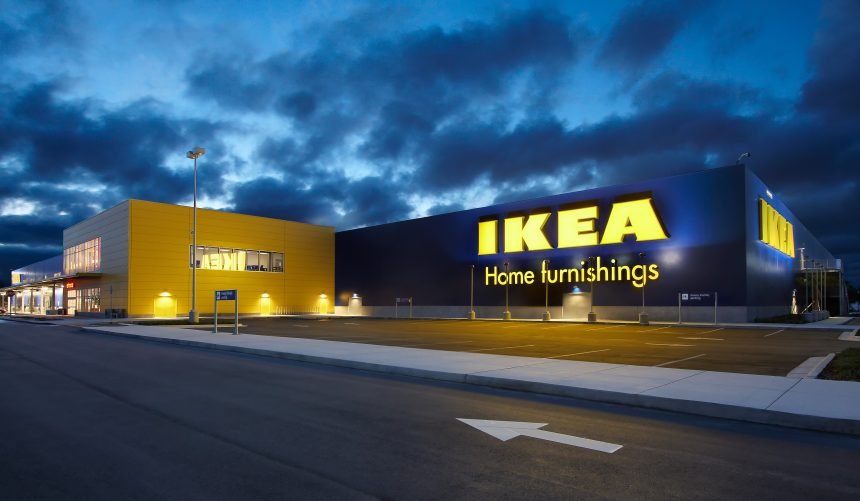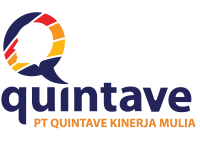Employee development is not just an HR initiative; it is a critical driver of business success. Organizations that invest in structured development programs experience higher retention rates, increased productivity, and stronger business outcomes. According to Requisite Organization by Dr. Elliot Jaques, aligning an organization’s structure with its strategic objectives is essential for sustaining growth. In today’s competitive market, companies that fail to prioritize employee development risk losing top talent and falling behind their competitors.
The Value of Employee Development in Retention and Growth
A study by McKinsey & Company revealed that 41% of employees who left their jobs did so due to a lack of career development opportunities. Similarly, LinkedIn’s Workforce Learning Report found that 94% of employees would stay longer at a company that invests in their learning. These statistics highlight the direct correlation between workforce development and talent retention. When employees feel valued and see growth potential, they’re more likely to stay.
Retention means more than just saving on recruitment costs. Employees who remain with a company maintain team stability, preserve institutional knowledge, and create a positive ripple effect on morale. Organizations with low turnover rates consistently outperform their high-turnover counterparts, both in productivity and employee satisfaction. Happier employees are more engaged, innovative, and aligned with company goals. To understand the transformative power of employee development, we can learn valuable lessons from how leading companies invest in their people.
Case Study: The Impact of Workforce Development on IKEA’s Success

A Swedish furniture giant, IKEA, offers a remarkable example of how strategic workforce development can lead to business success. Beyond selling furniture, IKEA leverages development programs to align employee growth with the company’s goals. A pillar of IKEA’s approach is its “co-creation” program, which actively involves employees at all levels in product development and business strategy. Through specialized training and opportunities for direct input, employees are empowered to grow while contributing to key company initiatives.
The results of this inclusive strategy are remarkable. By valuing employee insights, IKEA has achieved successful product launches and operational improvements. This approach not only bolsters customer satisfaction and business progress, but also fosters a profound sense of ownership and pride among employees. IKEA refers to this phenomenon as the “IKEA Effect,” where individuals value their contributions more when directly involved. This sense of contribution also enhances employee engagement and loyalty, creating a workforce that is motivated to excel.
Moreover, IKEA’s commitment to career growth is reflected in its promotion strategy: 90% of its managers rise through internal promotions, reducing turnover and fostering a stable, high-performing workforce. This clear career path motivates employees to stay and develop within the organization, reducing turnover and ensuring stability. By investing in employee development, IKEA has built a resilient, high-performing workforce that drives its long-term success, offering an invaluable lesson for companies aiming to thrive in today’s competitive landscape.
Designing an Effective Workforce Development Strategy
Developing a comprehensive employee development strategy requires more than just generic training sessions. Companies need a data-driven approach to identify skill gaps and align development programs with workforce needs. This is where advanced assessment tools come into play.
Prevue Assessment by Prevue HR System, available at Quintave Kinerja Mulia, offers companies the ability to analyze employee capabilities and provide tailored development solutions. By leveraging assessment data, organizations can design precise learning paths that address both individual and team development needs, ensuring that training efforts are impactful and aligned with business objectives.
The Role of Quintave Kinerja Mulia in Employee Development
Quintave Kinerja Mulia provides strategic solutions for businesses looking to implement effective employee development programs. Through services like Talent Pool and Future Capability workshops, Leadership Development Programs, and management consultation, Quintave helps organizations create customized employee growth strategies. These initiatives ensure that employees acquire the skills necessary to drive innovation and meet evolving business demands.

Conclusion: Employee Development as a Competitive Advantage
Investing in employee development is not just a trend; it is a necessity for companies seeking sustainable success. Businesses that foster continuous learning and growth create environments where employees thrive, leading to greater retention, productivity, and overall performance. By leveraging resources like Prevue Assessment and consulting services from Quintave Kinerja Mulia, organizations can build strong development frameworks that align with their strategic vision.
For more insights on how to implement effective employee development strategies, visit www.quintavekinerjamulia.com.
References:
- Jaques, Elliot. Requisite Organization: A Total System for Effective Managerial Organization and Managerial Leadership.
- Prevue HR System
- Quintave Kinerja Mulia
- McKinsey & Company. “The Case for Employee Development.”
- LinkedIn Workforce Learning Report.
- “Companies Focusing on Purpose and Autonomy,” Globis Training.





